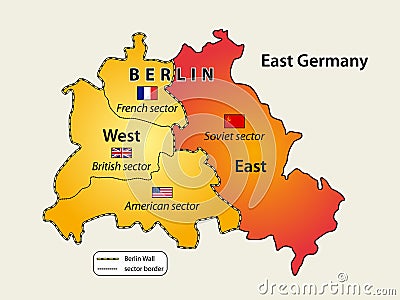PART 1: THE COLD WAR
STEP 1: Reading and slides
- Read Chapter 21 in the textbook.
- Also look through these slides to help illustrate the chapter. (There is no sound to these slides.)
The slides also explain the ideology of Communism, and the Policy of Containment. How did this policy work in Vietnam and Korea?
Slides. Cold War. Vietnam. Korea..pptx
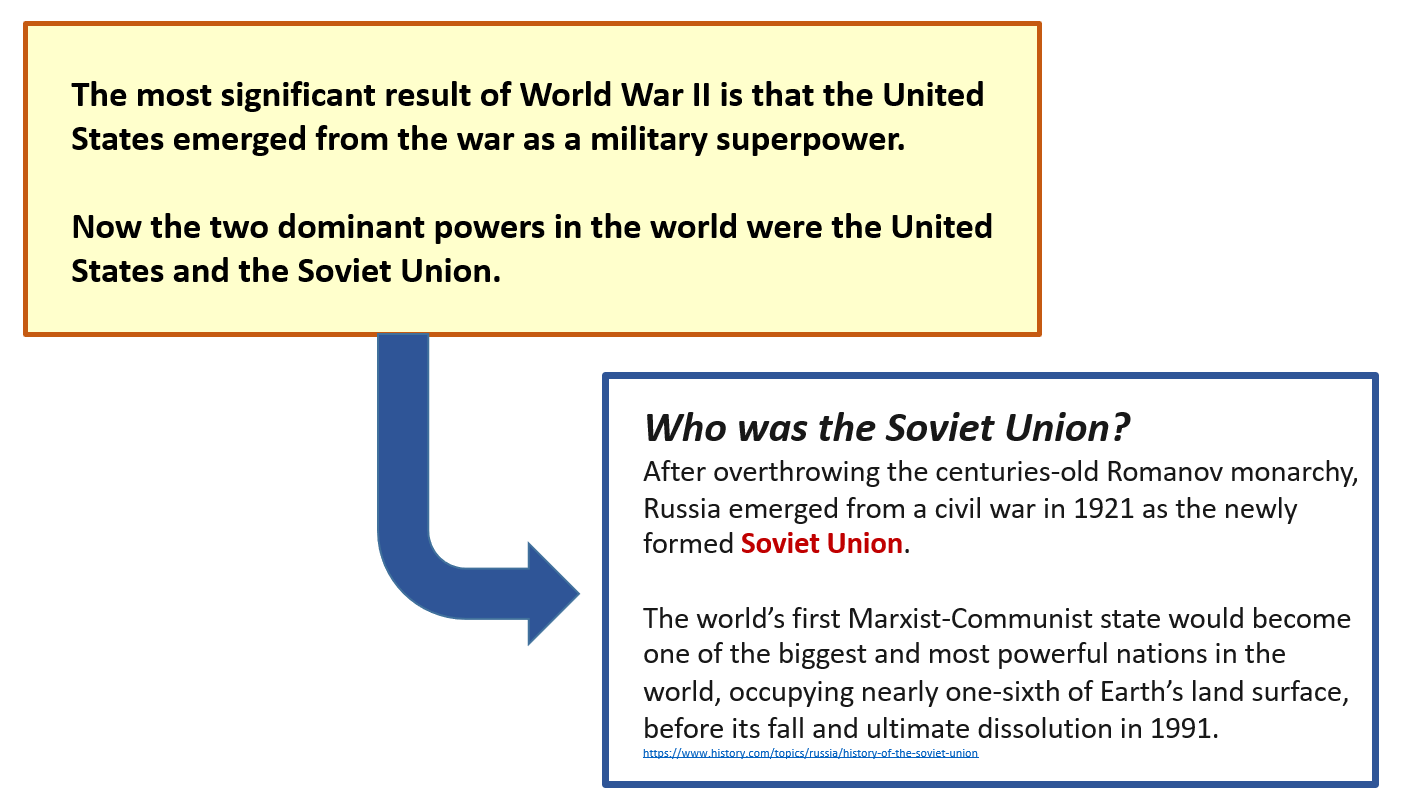
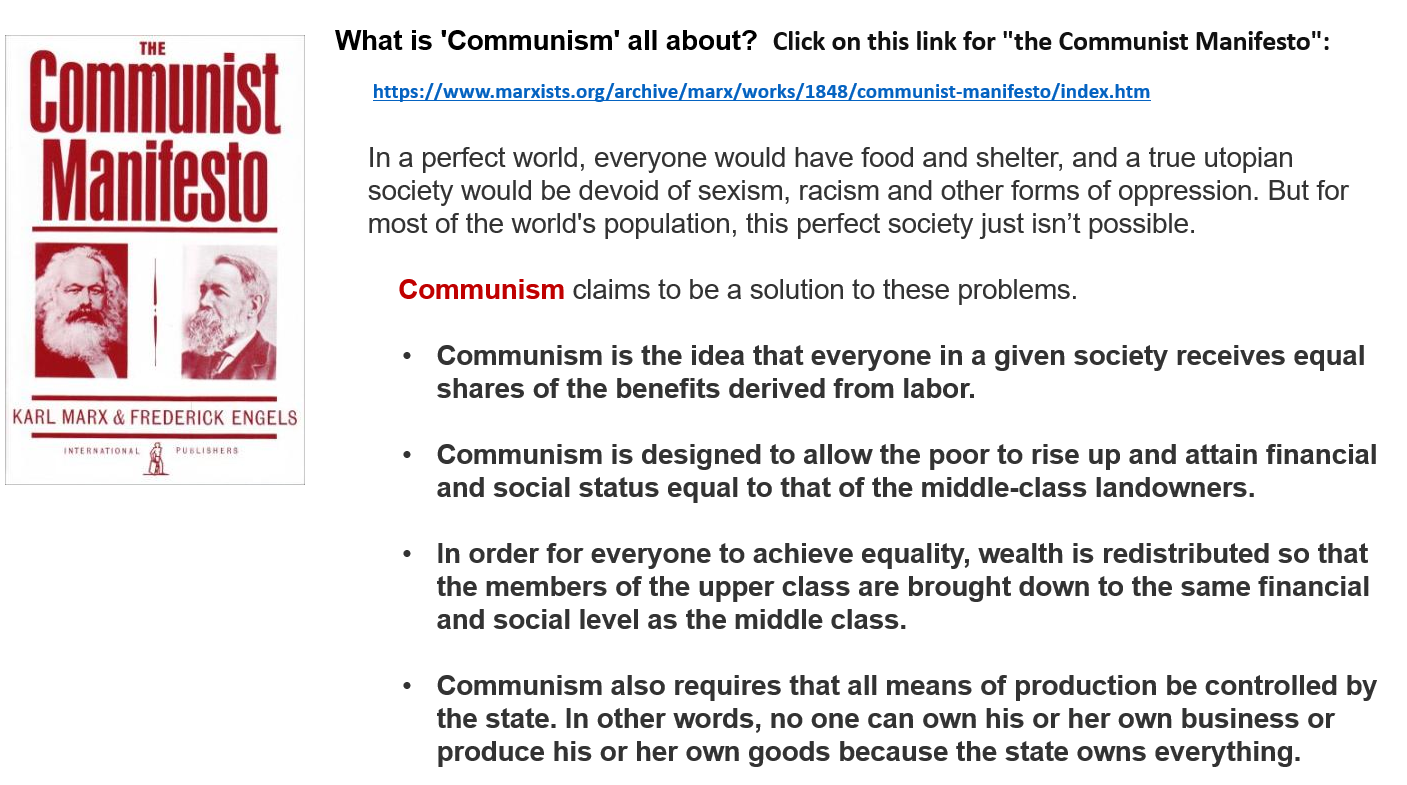


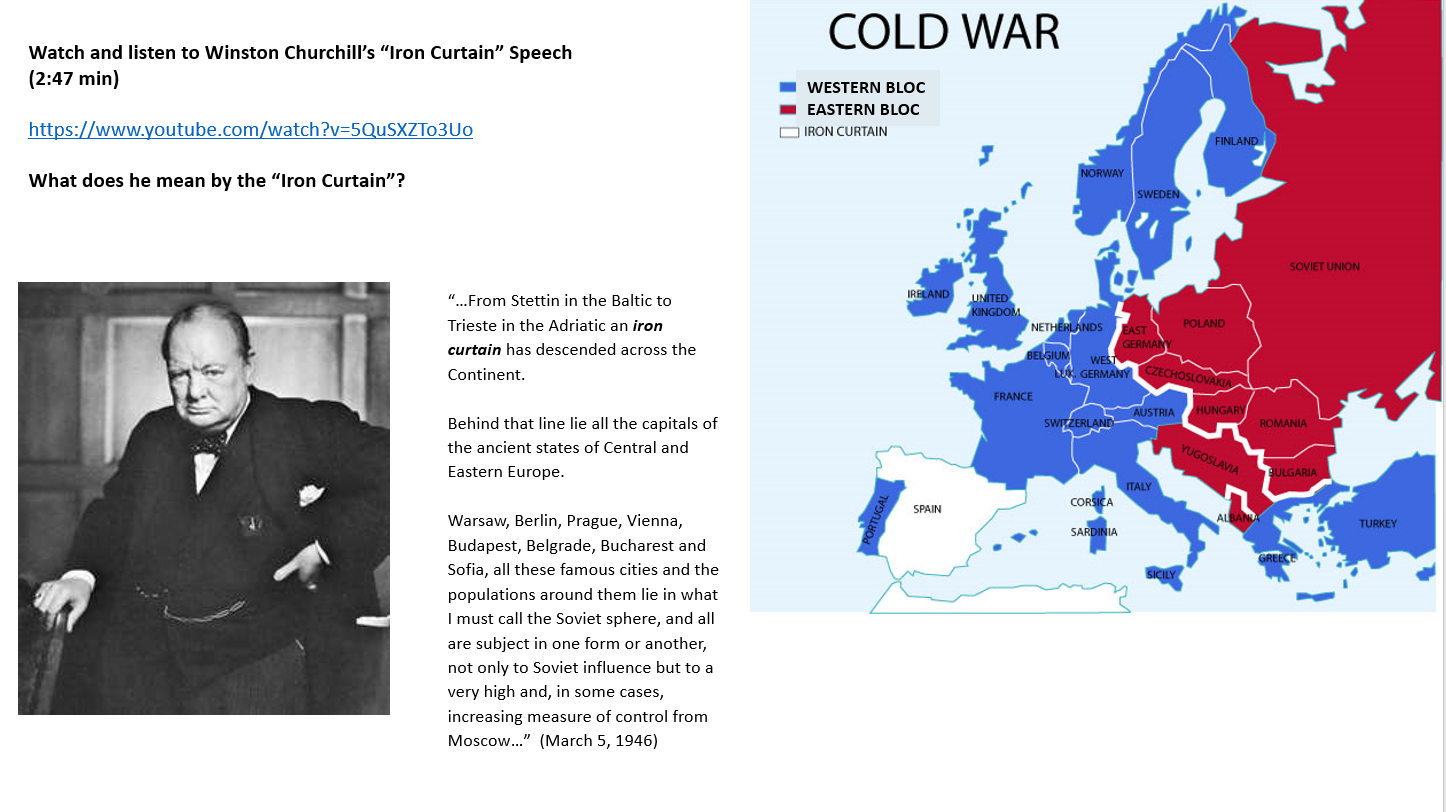



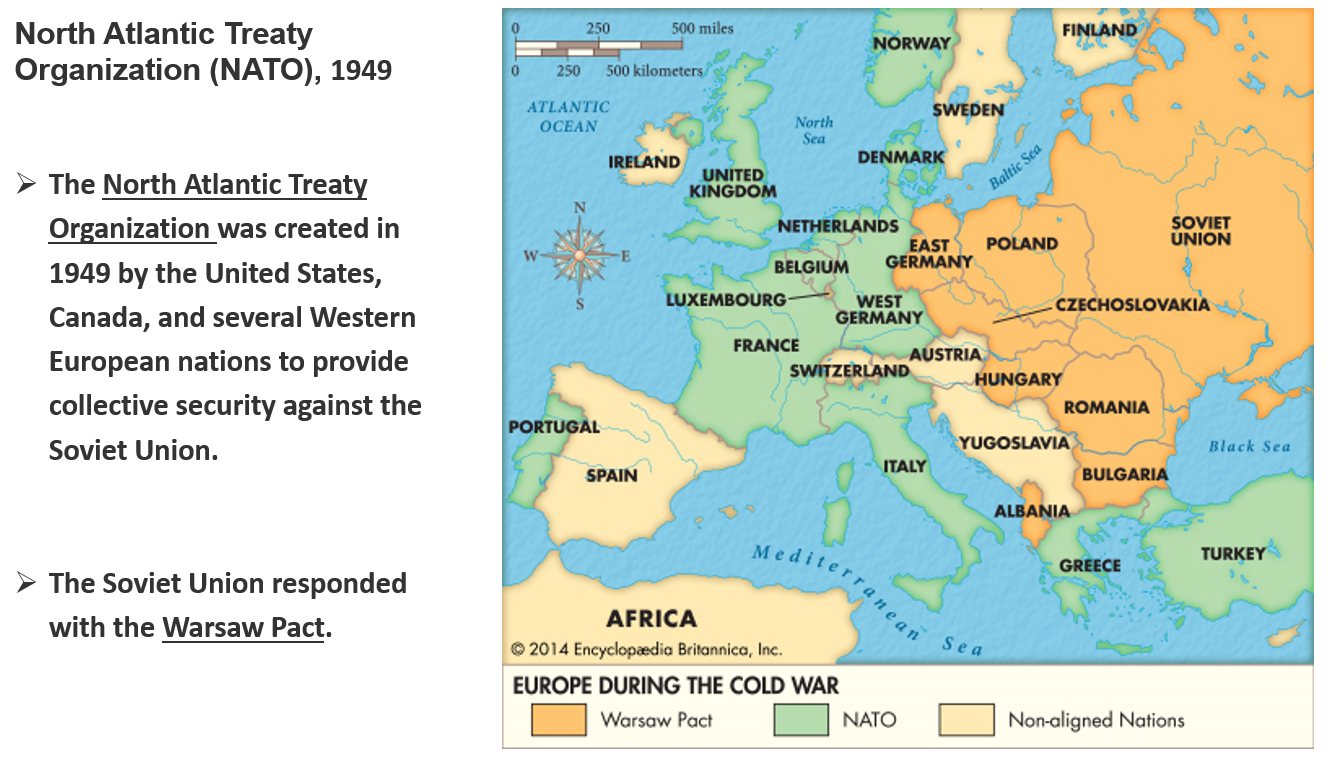



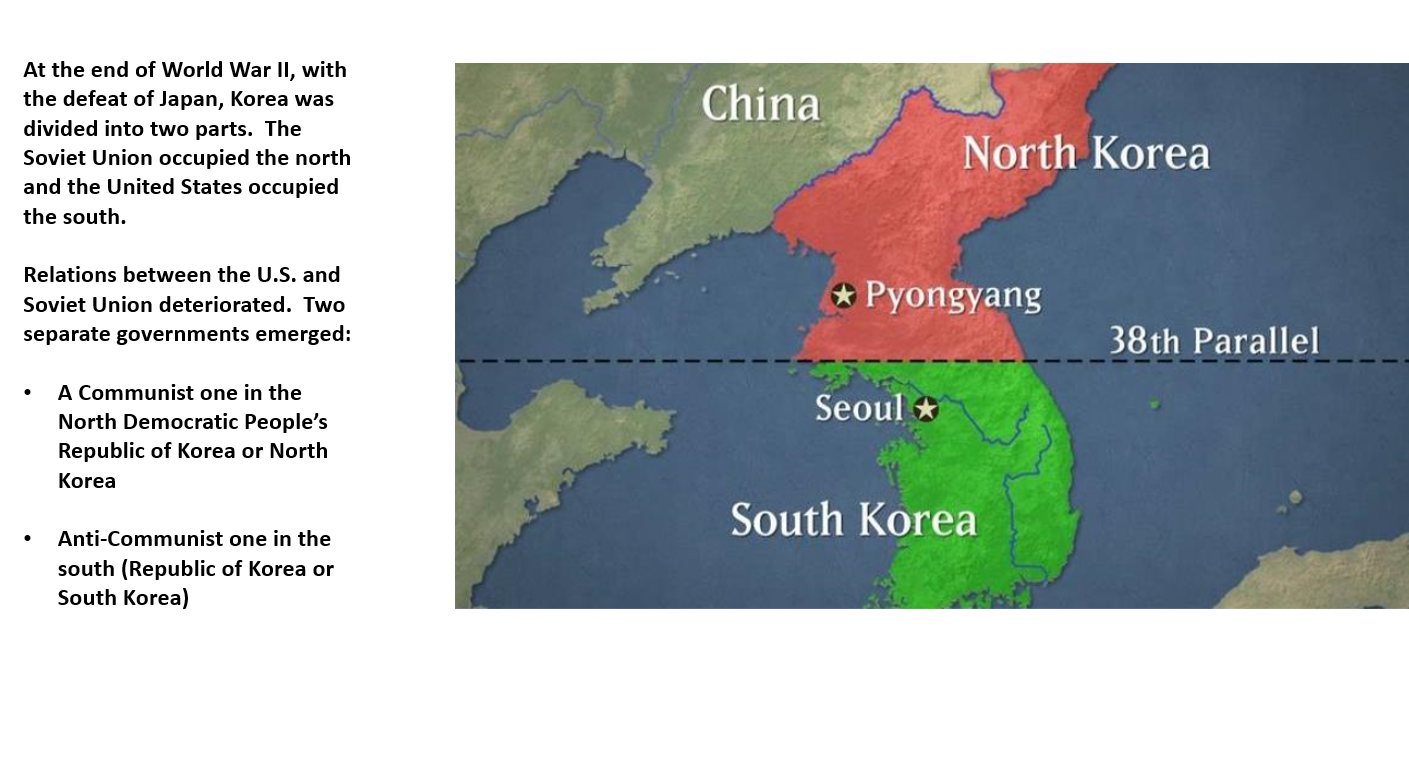
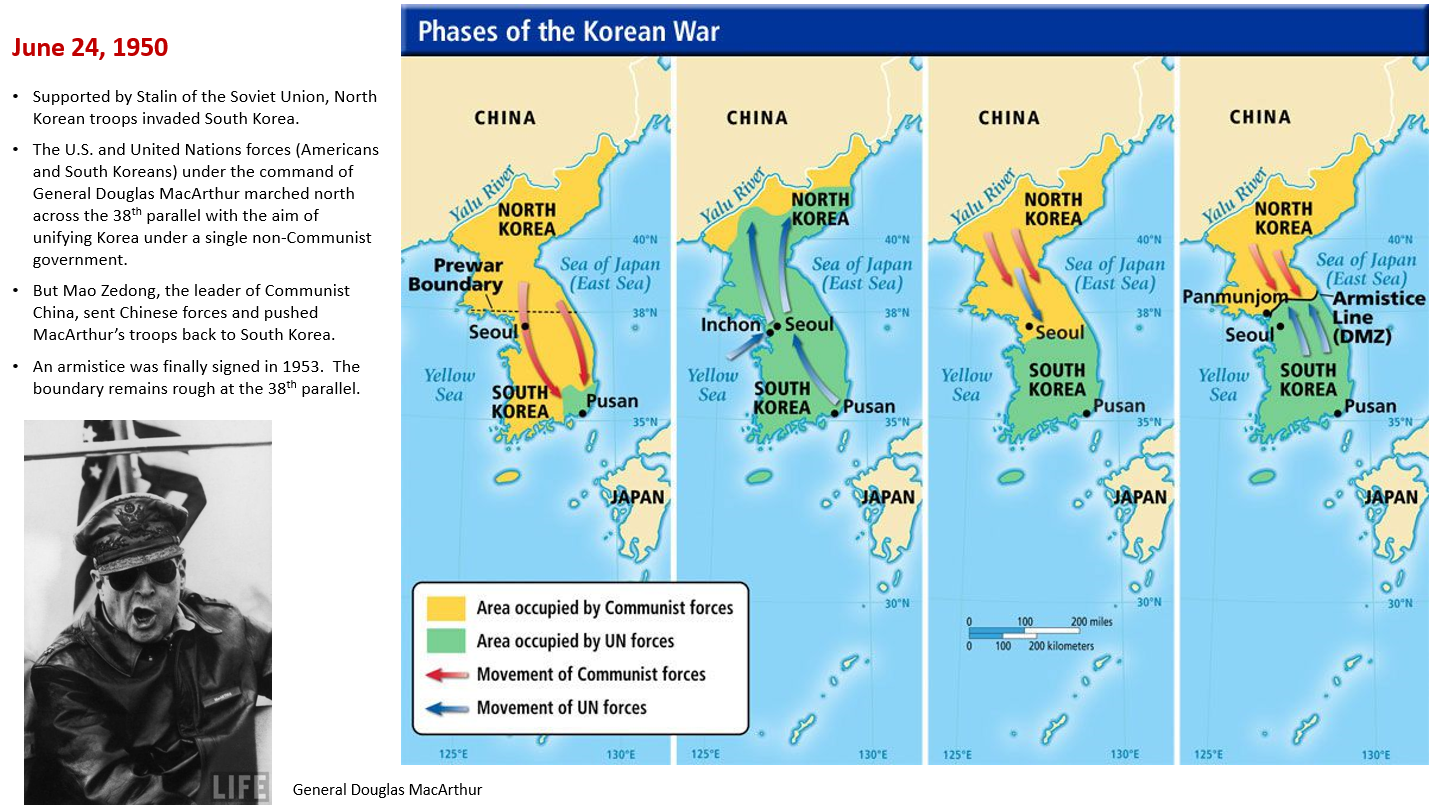


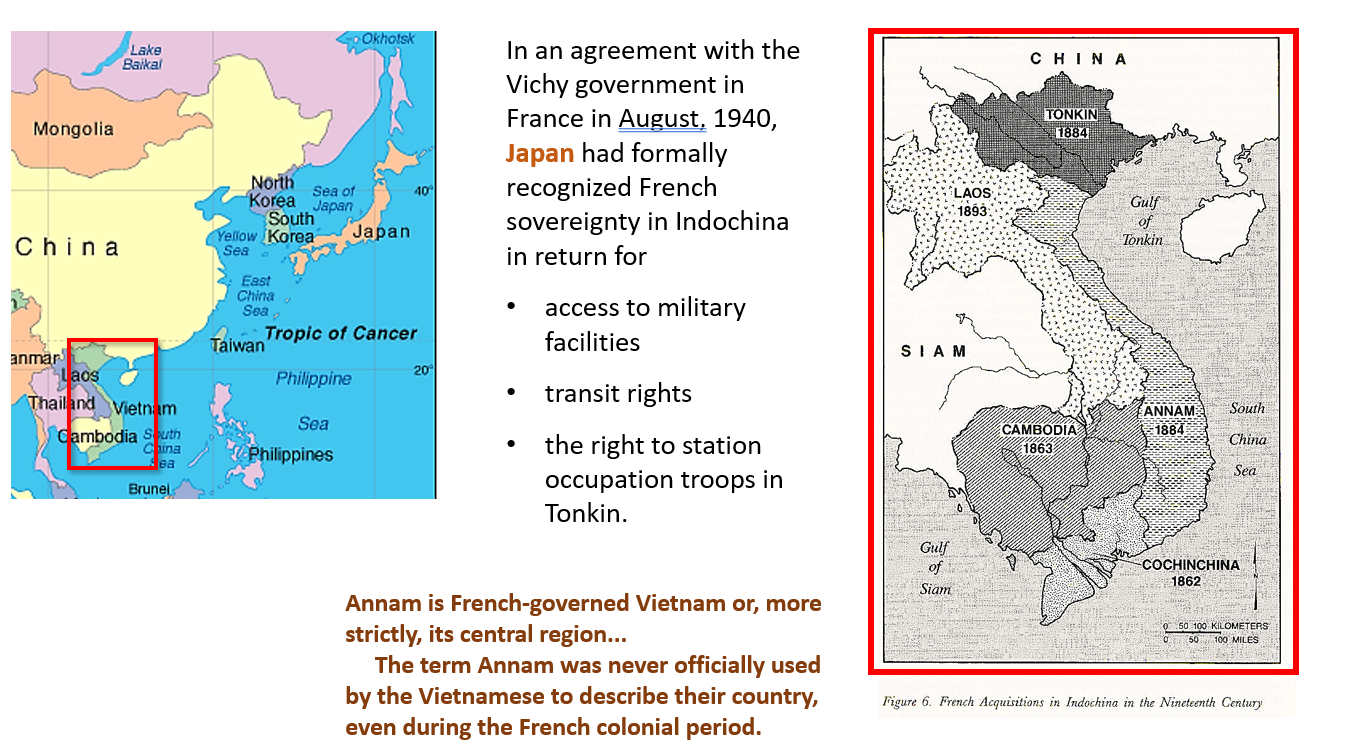
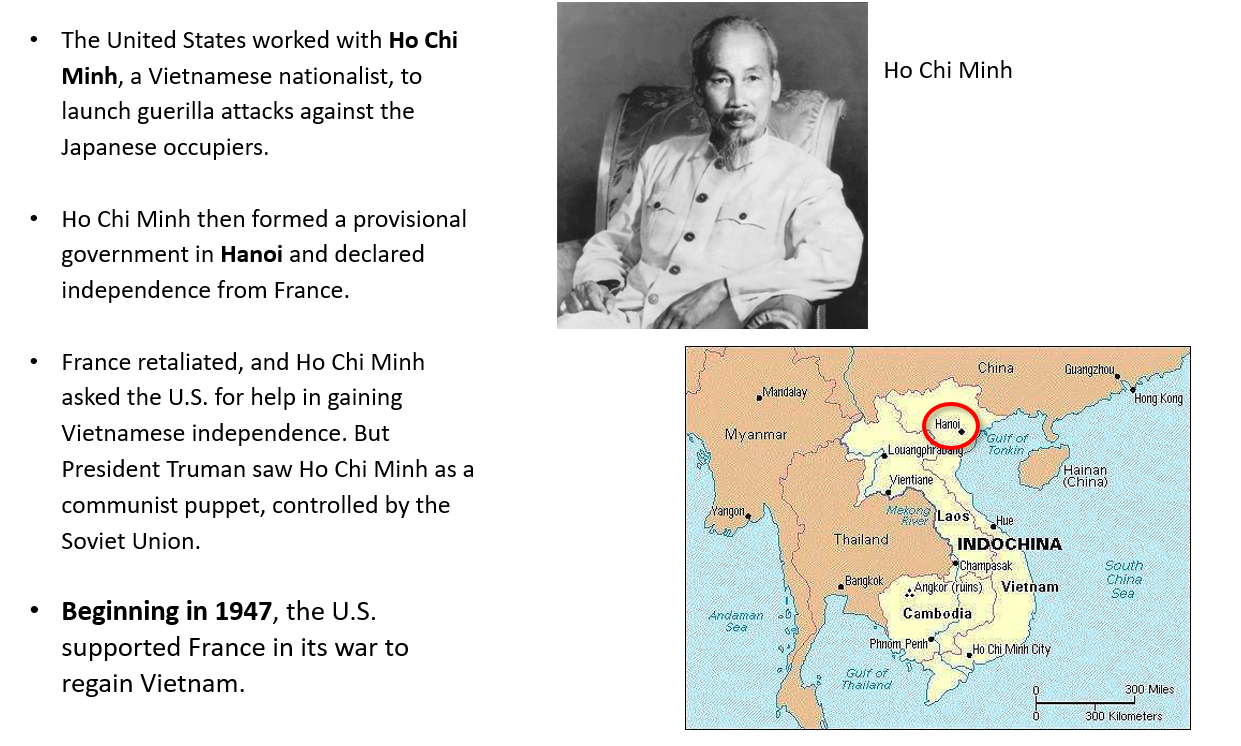
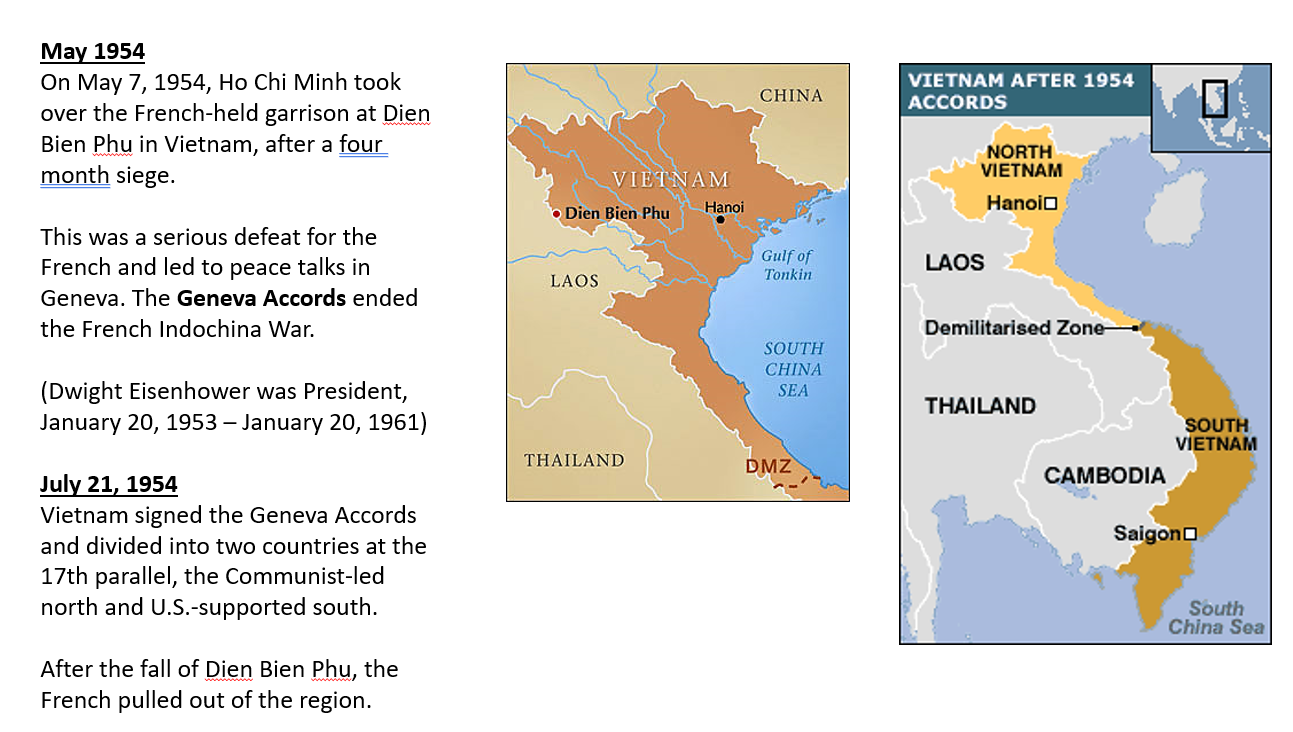
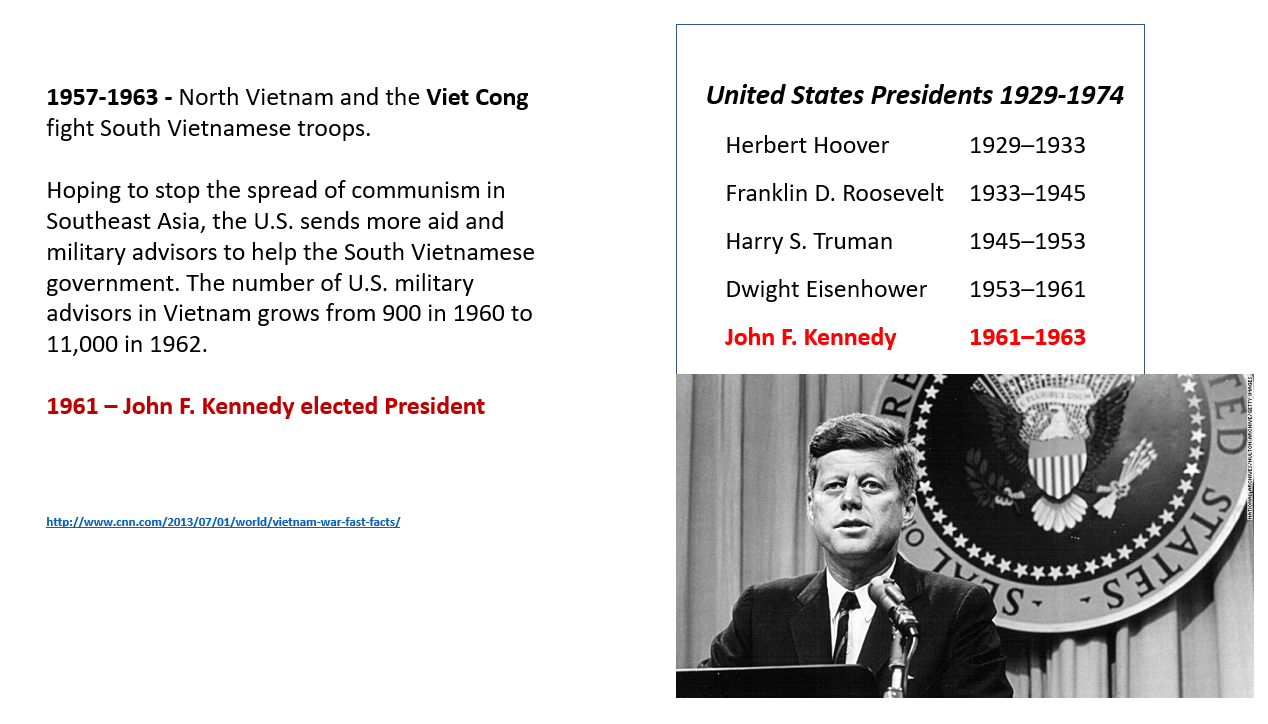
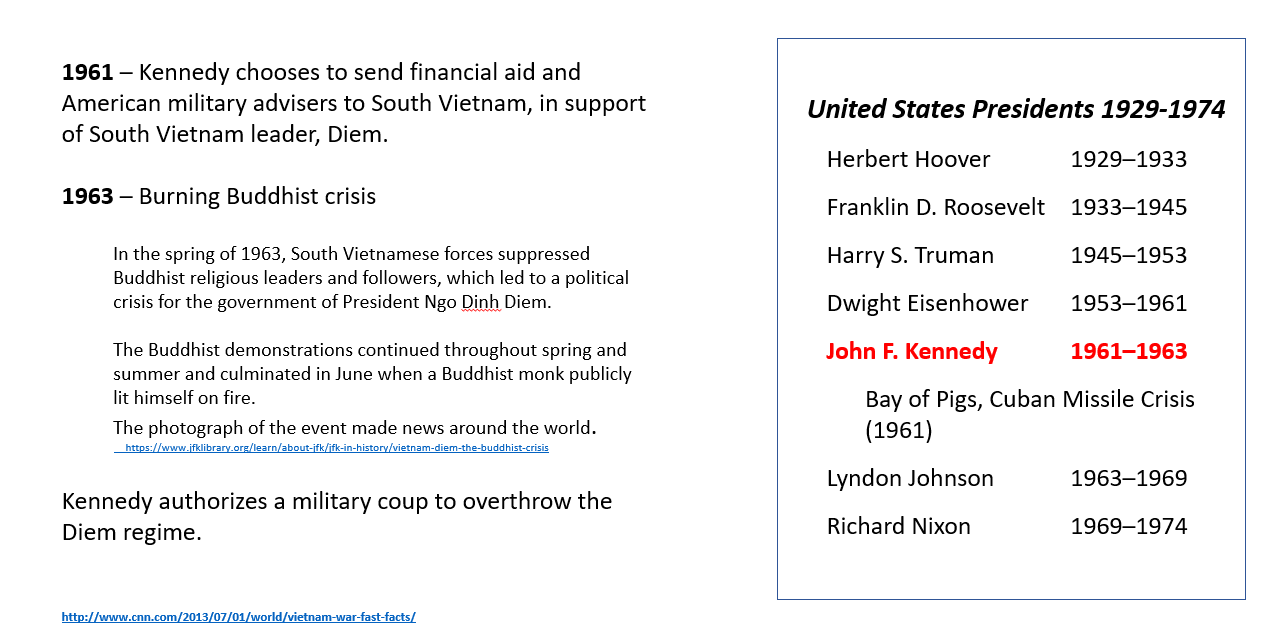
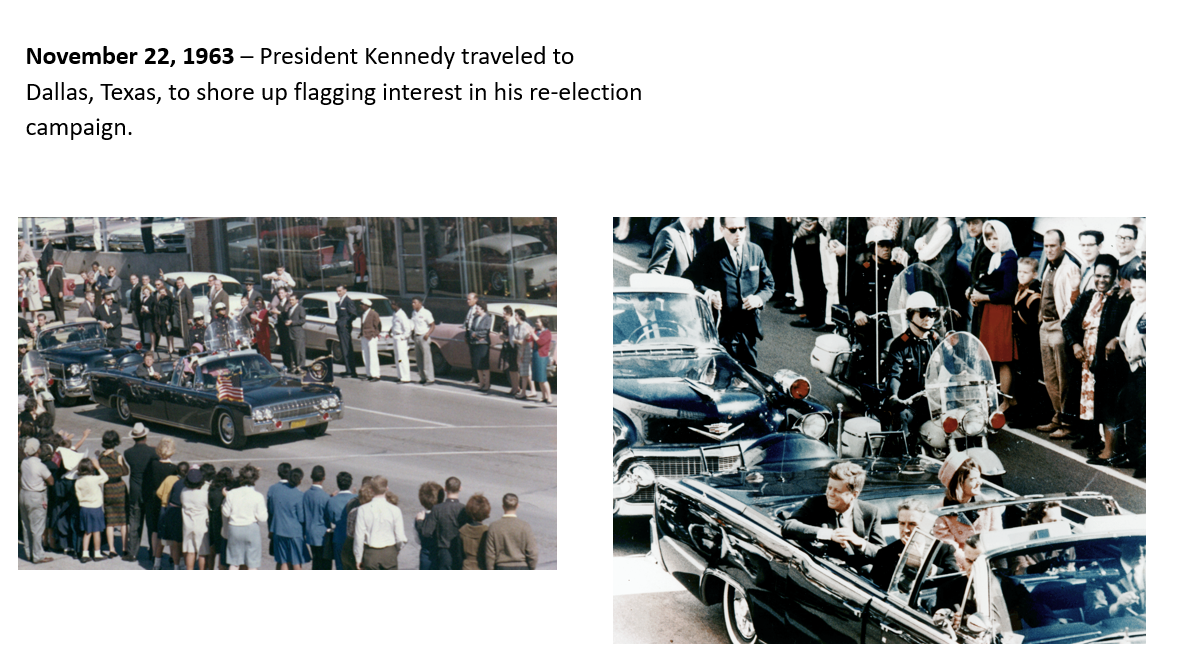
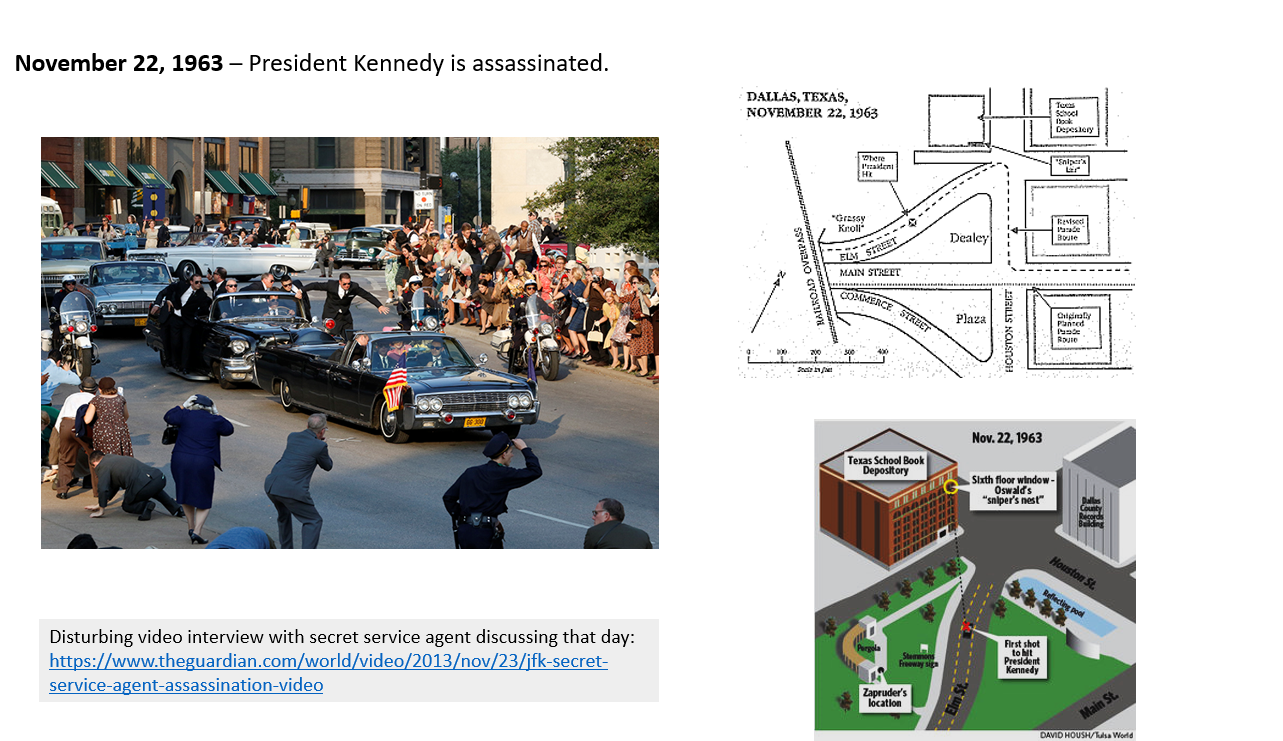
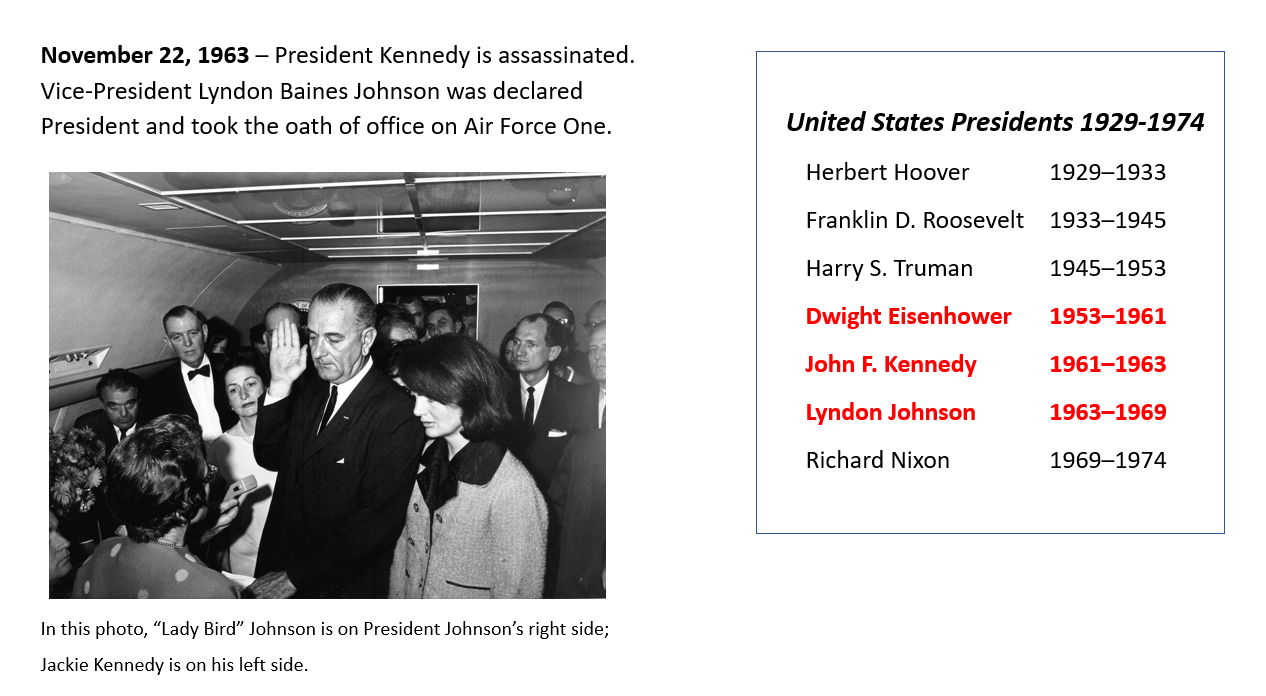
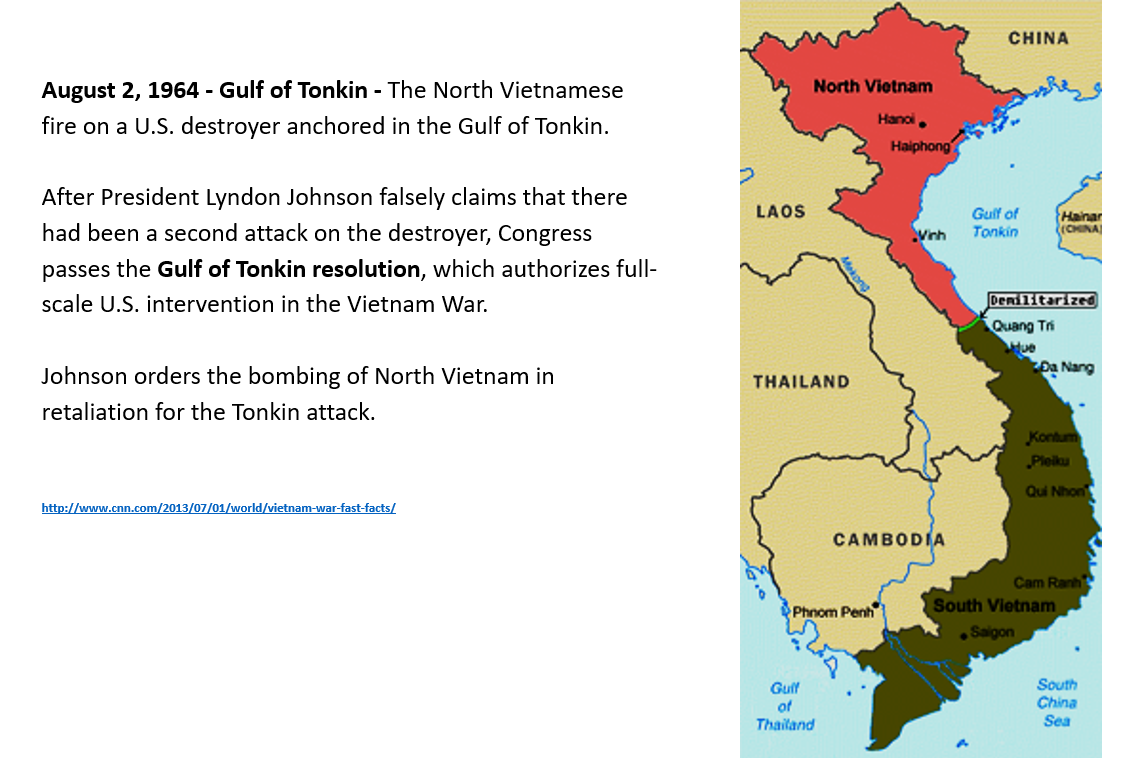

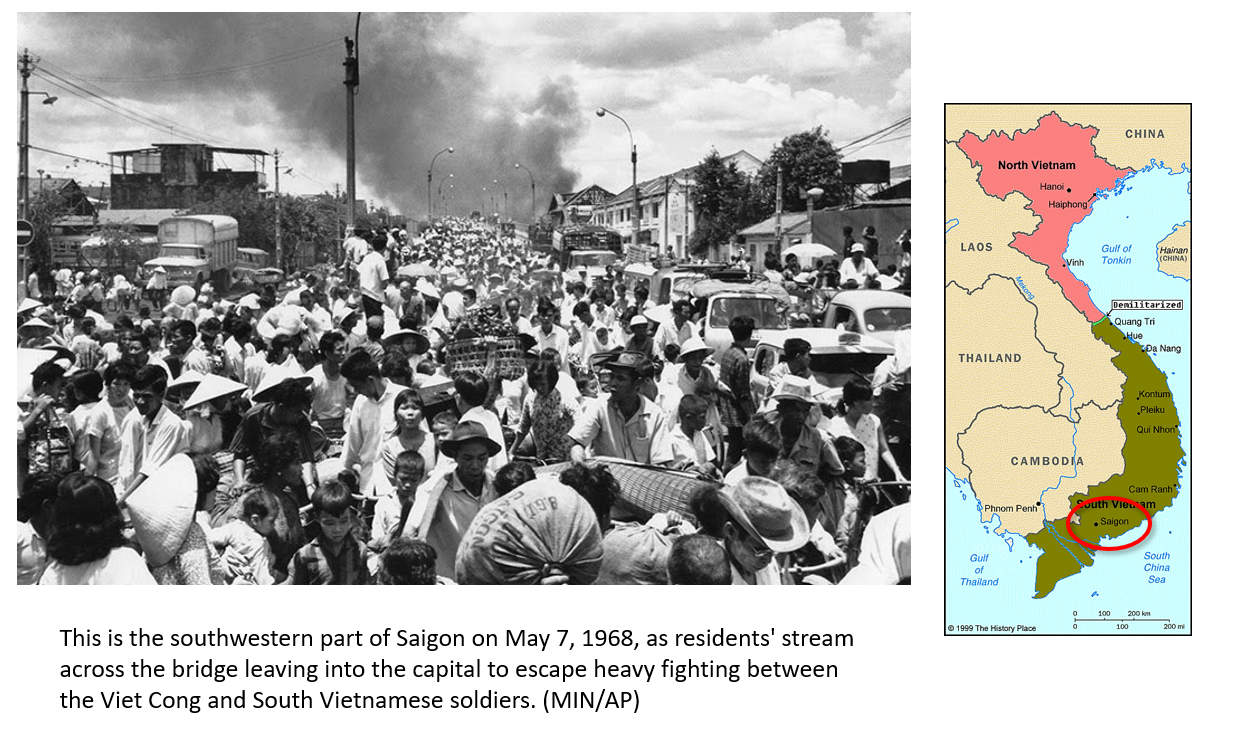
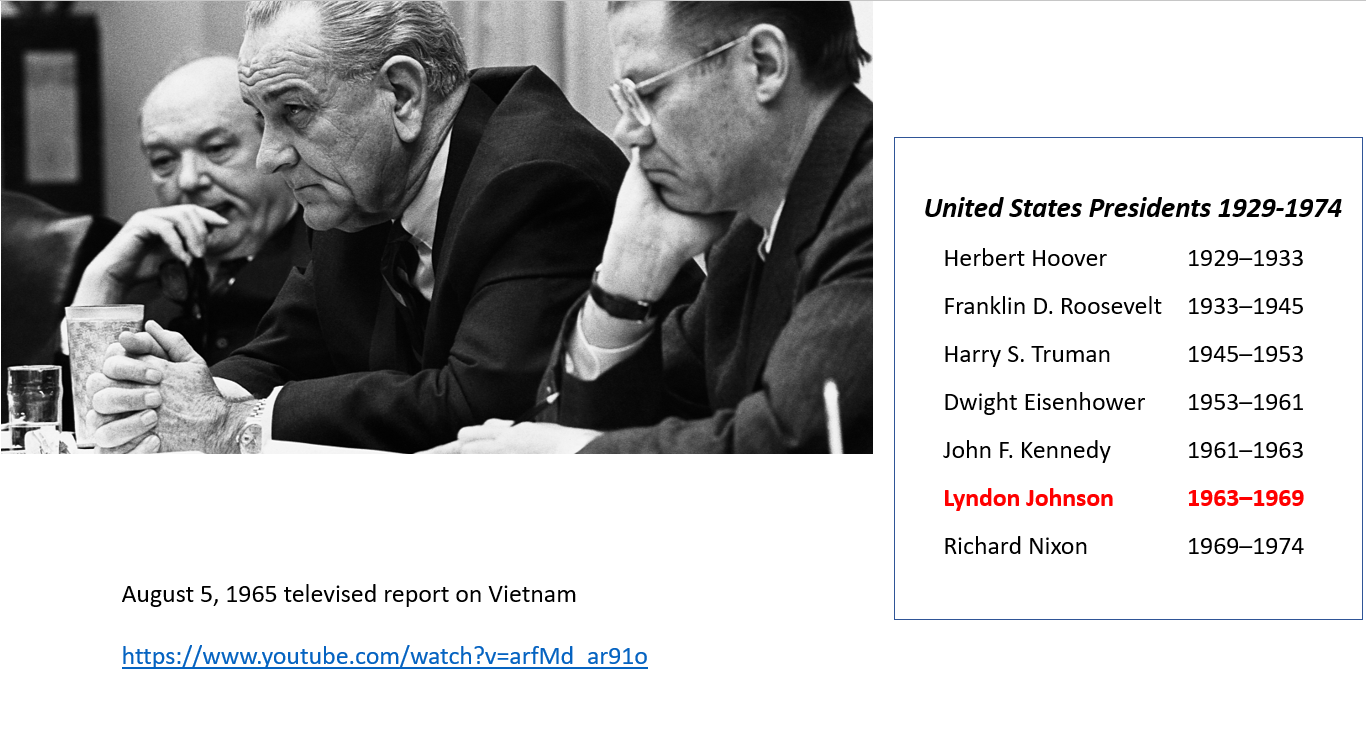

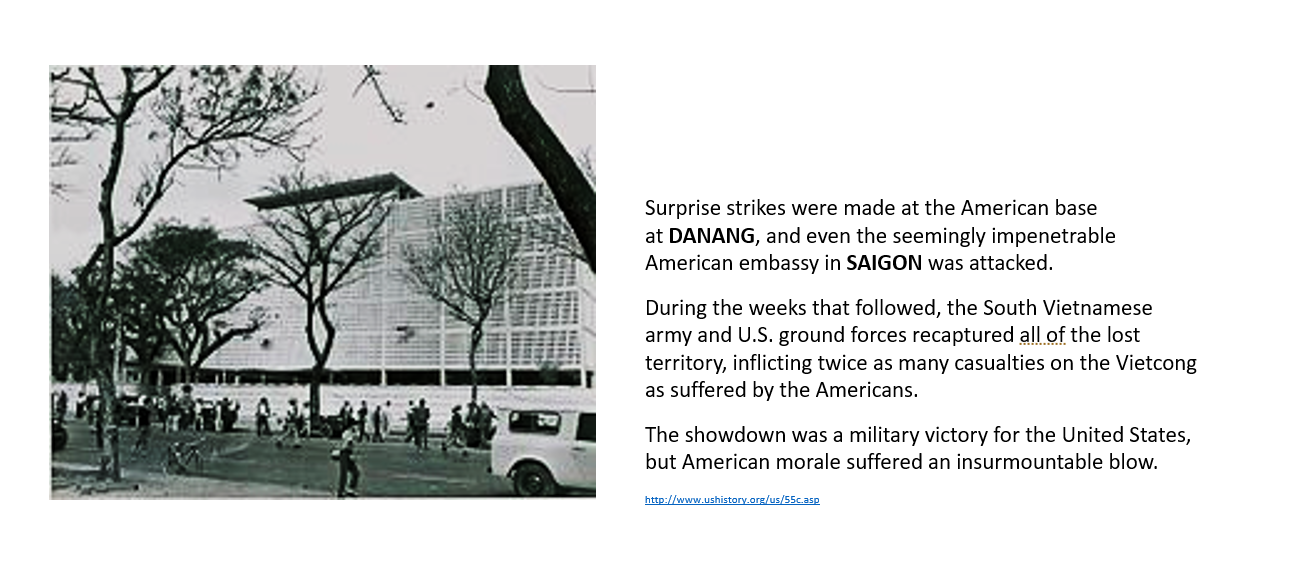
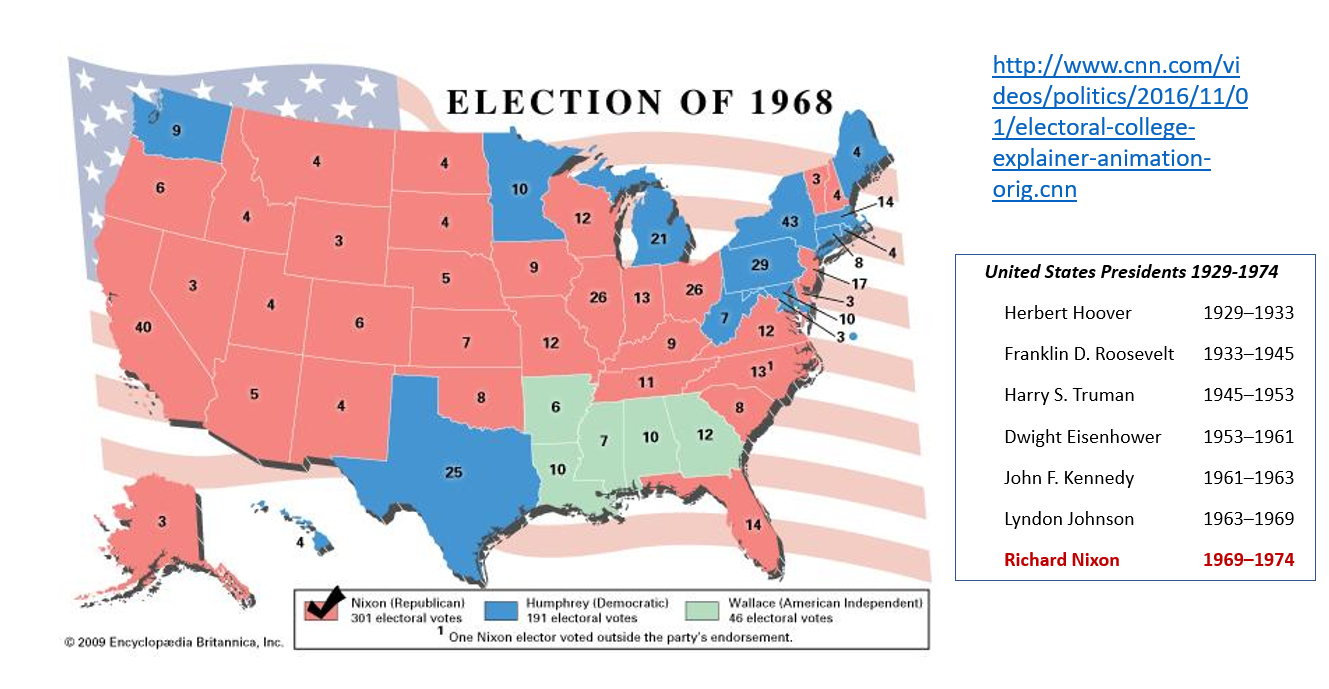
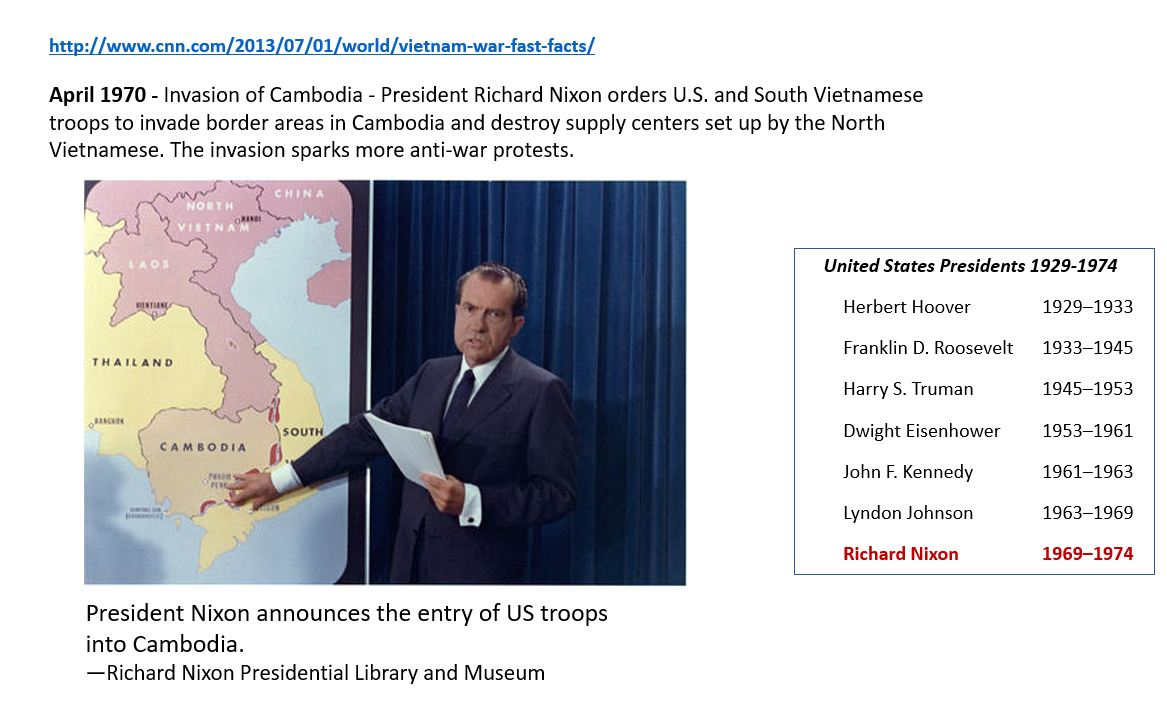

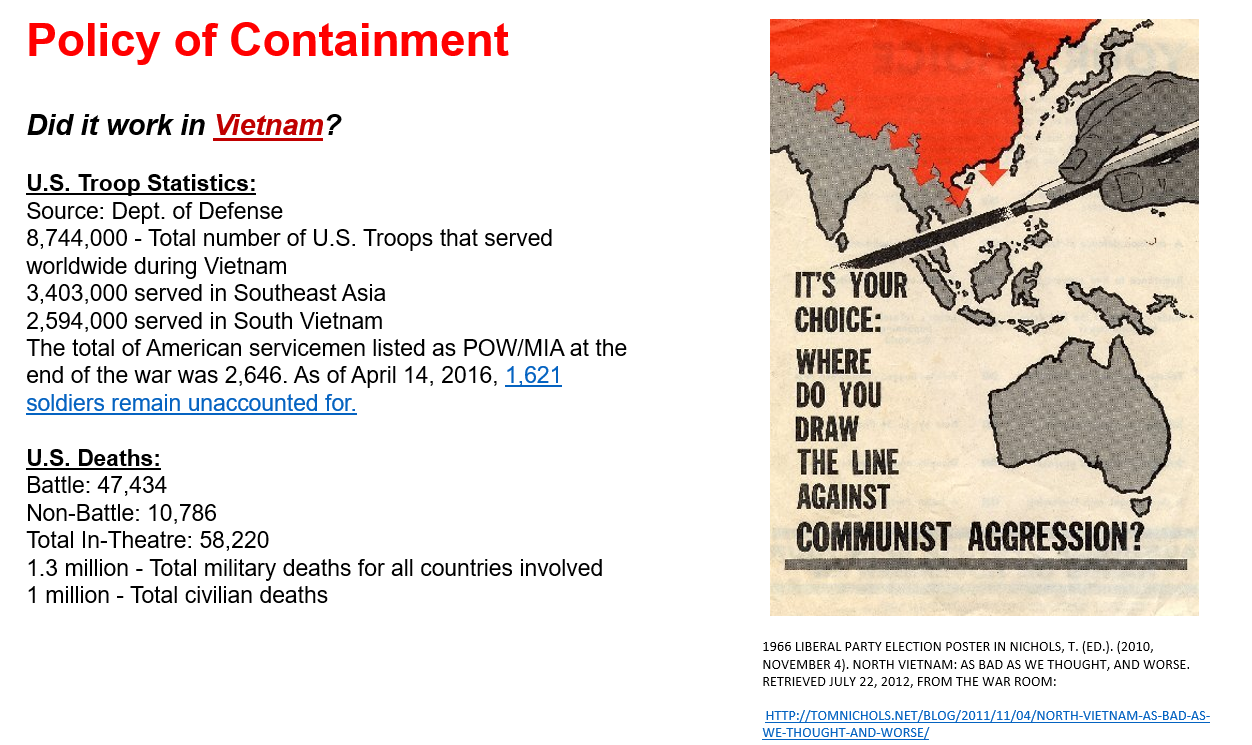
STEP 2: Understanding communist ideology
Click on this link for "the Communist Manifesto": https://www.marxists.org/archive/marx/works/1848/communist-manifesto/index.htm
Scan through Chapter I (Bourgeois and Proletarians) and the notes at the end of Chapter 1.
Who are the bourgeoisie and who are the proletariat?
STEP 3: Churchill's Iron Curtain speech
Watch this short video of Winston Churchill giving his "Iron Curtain" speech at Fulton, Missouri. What does he mean by the "Iron Curtain"? Where was it? (Remember that it is just a line on the map, not a real wall or curtain.)
https://www.youtube.com/watch?v=5QuSXZTo3Uo
For your information, here is the text of the speech.
Scroll down to "From Stettin in the Baltic to Trieste in the Adriatic an iron curtain has descended..."
http://www.historyguide.org/europe/churchill.html
STEP 4: the Berlin Wall
The Iron Curtain was an imaginary line. Kruschev's "Berlin Wall" was a real, physical barrier in the city of Berlin. It represents the divisions of the Cold War, between East and West.
Examine the maps below and look for these divisions:
- Germany was divided into East Germany and West Germany.
- West Germany was divided into sectors protected by the United States, Great Britain, and France.
- East Germany was controlled by the Soviet Union (Communist). The city of Berlin was in East Germany.
- The city of Berlin, in East Germany, was also divided. To keep east Berliners from leaving and moving to west Berlin, where the economy was better and there was more freedom, Soviet leader Kruschev built a wall around west Berlin.
.
Photos below: Structure of the Berlin Wall; Guard tower, with a several hundred meter-wide no man's land and shoot-to-kill orders; East German workers near the Brandenburg Gate reinforce the Berlin Wall in 1961; Newlyweds at the Berlin Wall waving to their relatives in East Berlin on 1st January, 1962.
.
.
STEP 5: Fall of the Berlin Wall, 1989
Watch actual television news footage with Tom Brokaw as the Berlin Wall comes down in 1989:
https://www.nbcnews.com/video/brokaw-reports-from-the-berlin-wall-337455683615
FOR YOUR INFORMATION (OPTIONAL)
"Fall of Berlin Wall: How 1989 reshaped the modern world"
https://www.bbc.com/news/world-europe-50013048
Short article: "What was the Cold War?"
https://www.nationalgeographic.com/culture/topics/reference/cold-war/
Short article about Mikhail Gorbachev:
https://www.bbc.com/news/world-europe-38289333
U.S. President Ronald Reagan - "Tear down this wall" speech (video):
https://www.youtube.com/watch?v=Ts3KzfIYVmQ
The speechwriter who helped Reagan "tear down that wall":
https://www.politico.eu/article/speechwriter-who-helped-reagan-tear-down-that-wall/
Photo of Mikhail Gorbachev and U.S. President Ronald Reagan:
.
STEP 6: Cold War in Asia
The Cold War "turned hot" in Asia, especially Korea. The actions of the Western powers relate to the "policy of containment."
Read about how George F. Kennan, a career Foreign Service Officer, formulated the policy of “containment,” the basic United States strategy for fighting the cold war (1947–1989)
https://history.state.gov/milestones/1945-1952/kennan
FOR YOUR INFORMATION (Optional)
Vietnam was eventually overtaken by communist forces, but North and South Korea are still divided as a result of the Cold War in Asia. Here are an article and a video that will help explain what happened in more detail, if you are interested.
Article: https://history.army.mil/brochures/kw-stale/stale.htm
Video: https://www.youtube.com/watch?v=eYeWURHhr04
STEP 7: Decolonization (Optional)
Decolonization is something else that occurred after World War II.
For example, the British and French had occupied parts of the Middle East. When the they left the Middle East, Palestine was partitioned, creating the State of Israel in 1948. This is an extremely complicated topic, still debated today. I encourage you take a history course specifically about the Middle East or I can recommend some good books if you are interested, but in the meantime, here is a website that may help you understand the time line in simple terms:
http://news.bbc.co.uk/2/hi/middle_east/7381315.stm
and here is John Green's "Crash Course" video about the Palestine-Israel conflict, going back to the British mandate period:
https://www.youtube.com/watch?v=1wo2TLlMhiw
I highly recommend this recent book (2017) for a concise explanation of decolonization:
Decolonization: A Very Short Introduction, by Dane Kennedy
https://www.amazon.com/gp/product/0199340498/ref=oh_aui_detailpage_o00_s00?ie=UTF8&psc=1
I highly recommend this book (2003) for understanding Lebanon and Syria:
A House of Many Mansions: The History of Lebanon Reconsidered by Kamal S. Salibi
https://www.amazon.com/gp/product/1860649122/ref=oh_aui_detailpage_o02_s00?ie=UTF8&psc=1
France lost its last colony, Algeria, in 1962. These articles describe how conflicts still exist between Algeria and the French today.
https://www.theguardian.com/commentisfree/2012/jul/05/50-years-algeria-independence-france-denial
STEP 8: Communist countries today
Glance through this article. What are the five remaining Communist countries today?
https://www.thoughtco.com/communist-countries-overview-1435178
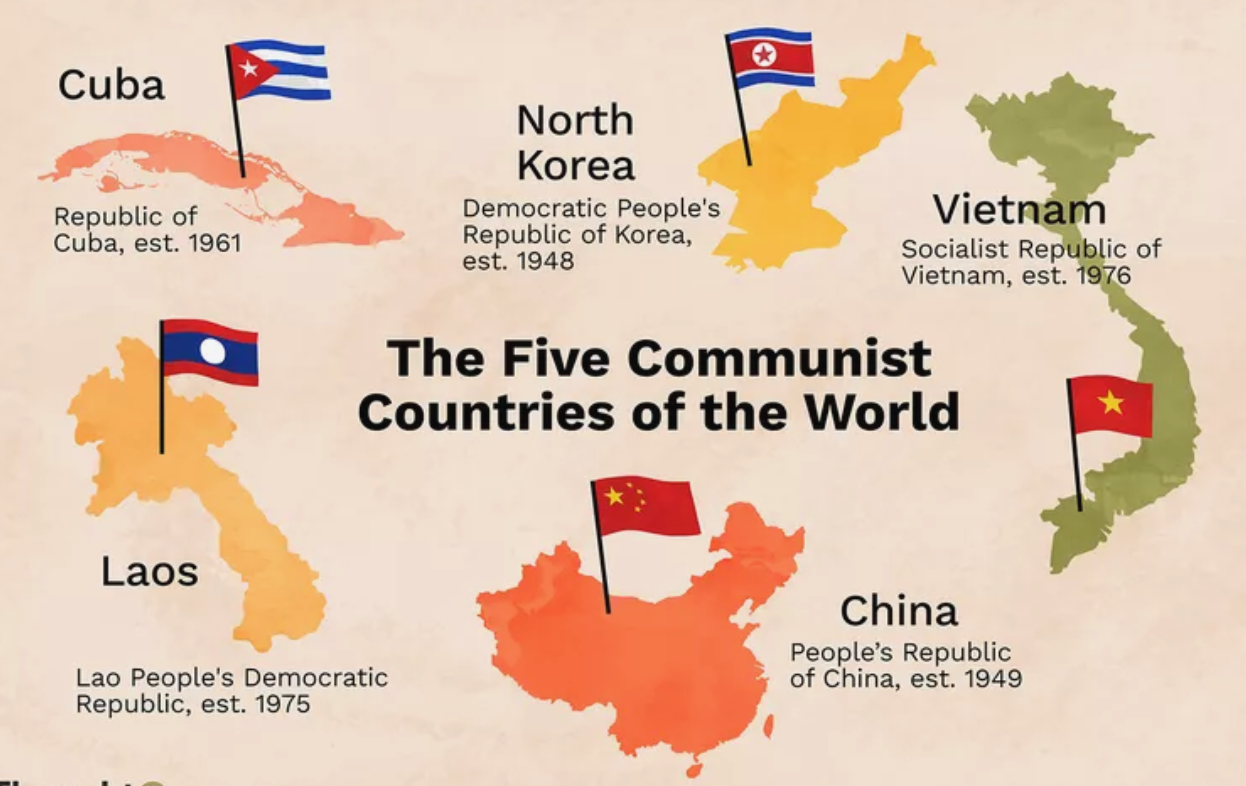
During the time of the Soviet Union (1922–1991), communist countries could be found in Eastern Europe, Asia, and Africa. Some of these nations, like the People's Republic of China, were (and still are) global players in their own right. Other communist countries, such as East Germany, were essentially satellites of the U.S.S.R. that played a significant role during the Cold War but no longer exist.
Communism is both a political system and an economic one. In politics, communist parties have absolute power over governance, and elections are single-party affairs. In economics, the party controls the country's economic system, and private ownership is illegal, although this facet of communist rule has changed in some countries like China.
By contrast, socialist nations are generally democratic with multi-party political systems. A socialist party does not have to be in power for socialist principles—such as a strong social safety net and government ownership of key industries and infrastructure—to be part of a nation's domestic agenda. Unlike communism, private ownership is encouraged in most socialist nations.
The basic principles of communism were articulated in the mid-1800s by Karl Marx and Friedrich Engels, two German economic and political philosophers. But it wasn't until the Russian Revolution of 1917 that a communist nation—the Soviet Union—was born. By the middle of the 20th century, it appeared that communism could supersede democracy as the dominant political and economic ideology. Yet today, only five communist countries remain in the world.
Cuba (Republic of Cuba)
:max_bytes(150000):strip_icc():format(webp)/Communist-Cuba-58b9cde83df78c353c384ad5.jpg)
A revolution in 1953 led to the takeover of the Cuban government by Fidel Castro and his associates. By 1965, Cuba became a fully communist country and developed close ties to the Soviet Union. At the same time, the United States imposed a ban on all trade with Cuba. Because of this, when the Soviet Union collapsed in 1991, Cuba was forced to find new sources for trade and financial subsidies. It did so in countries including China, Bolivia, and Venezuela.
In 2008, Fidel Castro stepped down and his brother, Raul Castro, became president; Fidel died in 2016. During U.S. President Barack Obama's second term, relations between the two nations were relaxed and travel restrictions loosened. In June 2017, however, President Donald Trump rolled this back and tightened travel restrictions on Cuba.
Laos (Lao People's Democratic Republic)
:max_bytes(150000):strip_icc():format(webp)/LaosFlag-58b9cde55f9b58af5ca7d22a.jpg)
Iwan Gabovitch / Flickr / CC BY 2.0
Laos—officially the Lao People's Democratic Republic—became a communist country in 1975 following a revolution supported by Vietnam and the Soviet Union. The country had previously been a monarchy.
Laos' government is largely run by military generals who support a one-party system grounded in Marxist ideals. In 1988 though, the country began allowing some forms of private ownership, and it joined the World Trade Organization in 2013.
North Korea (DPRK, Democratic People's Republic of Korea)
:max_bytes(150000):strip_icc():format(webp)/NorthKoreaFlag-58b9cde05f9b58af5ca7d144.jpg)
Korea was occupied by Japan during World War II, and after the war, it was divided into a Russian-dominated north and an American-occupied south. At the time, no one thought the partition would be permanent, but the division has lasted.
North Korea did not become a communist country until 1945 when South Korea declared its independence from the North, which quickly declared its own sovereignty in return. Backed by Russia, Korean communist leader Kim Il-Sung was installed as leader of the new nation.
The North Korean government doesn't consider itself communist, even if most world governments do. Instead, the Kim family has promoted its own brand of communism based on the concept of juche (self-reliance).
First introduced in the mid-1950s, juche promotes Korean nationalism as embodied in the leadership of (and cult-like devotion to) the Kims. Juche became official state policy in the 1970s and was continued under the rule of Kim Jong-il, who succeeded his father in 1994, and Kim Jong-un, who rose to power in 2011.
In 2009, the country's constitution was changed to remove all mention of the Marxist and Leninist ideas that are the foundation of communism, and the very word "communism" was also removed.
Vietnam (Socialist Republic of Vietnam)
:max_bytes(150000):strip_icc():format(webp)/VietnamFlag-58b9cddd3df78c353c3848f1.jpg)
Vietnam was partitioned at a 1954 conference that followed the First Indochina War. While the partition was supposed to be temporary, North Vietnam became communist and was supported by the Soviet Union while South Vietnam became democratic and was supported by the United States.
Following two decades of war, the two parts of Vietnam were unified, and in 1976, Vietnam as a unified country became communist. Like other communist countries, Vietnam has, in recent decades, moved toward a market economy that has seen some of its socialist ideals supplanted by capitalism.
The U.S. normalized relations with Vietnam in 1995 under then-president Bill Clinton.
Countries With Ruling Communist Parties
:max_bytes(150000):strip_icc():format(webp)/NepalFlag-58b9cdd95f9b58af5ca7d050.jpg)
Several countries with multiple political parties have had leaders who are affiliated with their nation's communist party. However, these states are not considered truly communist because of the presence of other political parties, and because the Communist Party is not specifically empowered by the constitution. Nepal, Guyana, and Moldova have all had ruling communist parties in recent years.
:max_bytes(150000):strip_icc():format(webp)/Portugal-Flag-58b9cdd73df78c353c38480a.jpg)
David Stanley / Flickr / CC BY 2.0
While the world has just five truly communist countries, socialist countries (countries whose constitutions include statements about the protection and rule of the working class) are relatively common Examples include Portugal, Sri Lanka, India, Guinea-Bissau, and Tanzania. Many of these nations, such as India, have multi-party political systems, and several are liberalizing their economies, like Portugal.

